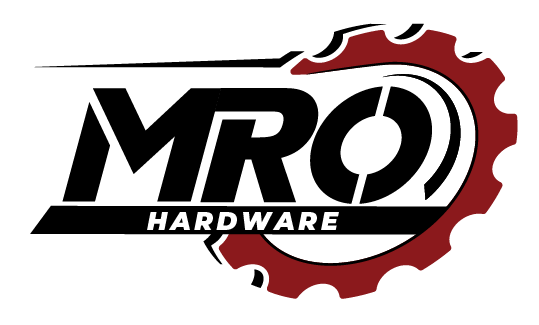Electronic hardware components such as fasteners, rivet nuts, gas springs, and hinges play indispensable roles in the assembly and function of modern electronic devices. From consumer electronics to large industrial machinery, these components ensure structural integrity, ease of use, and durability. This article explores the various types of electronic hardware, their applications, unique characteristics, and why they are pivotal in the electronics industry.
Understanding Electronic Hardware Components
Fasteners: Fasteners are perhaps the most fundamental of electronic hardware, used to mechanically join or affix two or more objects together. In electronics, manufacturers primarily use fasteners such as screws, bolts, and nuts to secure components like circuit boards, panels, and casing parts. These fasteners typically consist of materials that offer electrical conductivity or protective resistance against electromagnetic interference (EMI).
Rivet Nuts: Rivet nuts provide strong, threaded anchors in materials that are too thin to support a standard tapped hole. This makes them particularly valuable in electronic enclosures where lightweight and thin materials are common. Rivet nuts ease the assembly and maintenance of electronic devices, allowing components to be screwed in or removed with ease. This facilitates upgrades and repairs without damaging the structural integrity of the enclosure.
Gas Springs: In the realm of electronic hardware, users employ gas springs to facilitate the smooth opening and closing of heavy or awkward lids and panels. They commonly integrate gas springs into server racks and various types of industrial machinery to manage access to electronic components by providing controlled, dampened motion, thus enhancing user safety and convenience.
Hinges: Hinges in electronic hardware are critical for the mobile parts of electronic devices, allowing for the movement of lids, doors, and other components. From the simple hinge on a laptop to more complex rotational mechanisms in large industrial equipment, these components are essential for functional design and ergonomic user interfaces.
Applications and Uses
Electronic hardware components find applications across a broad spectrum of sectors:
- Consumer Electronics: In items such as laptops, smartphones, and tablets, where fasteners and hinges play a crucial role in the assembly and functionality of these devices.
- Telecommunications Equipment: Robust fastening systems are required for assembling components that must withstand vibrations and other mechanical stresses.
- Automotive Electronics: In this industry, gas springs play a role in maintaining heavy battery packs and access panels, while hinges and fasteners see extensive use in dashboard assemblies.
Unique Characteristics
Specific needs of the device heavily influence the selection of electronic hardware. Factors like weight, conductivity, magnetic properties, and corrosion resistance dictate material and design choices. For example, stainless steel is favored for its strength and corrosion resistance, while certain plastics are chosen for their insulating properties and lightweight.
Conclusion
In conclusion, electronic hardware components like fasteners, rivet nuts, gas springs, and hinges are more than just simple accessories; they are crucial to the structural and functional integrity of electronic devices. By providing necessary mechanical support, facilitating user interactions, and ensuring the durability of electronic products, these components are foundational to the ongoing innovation and reliability of the electronics industry. As technology continues to advance, the role of sophisticated electronic hardware in meeting emerging design challenges will remain absolutely essential.

